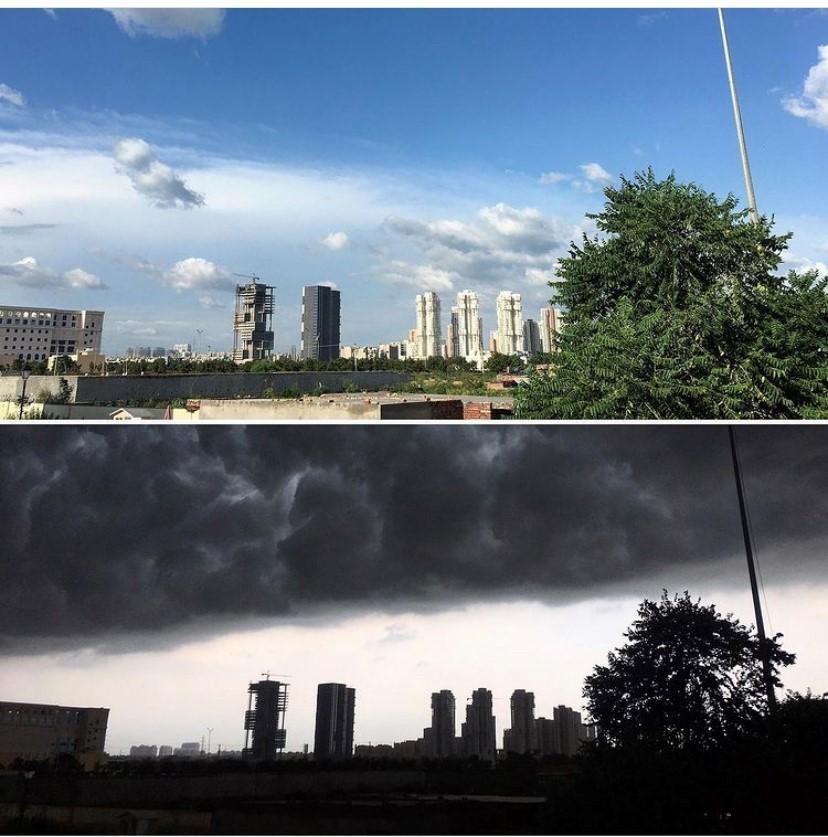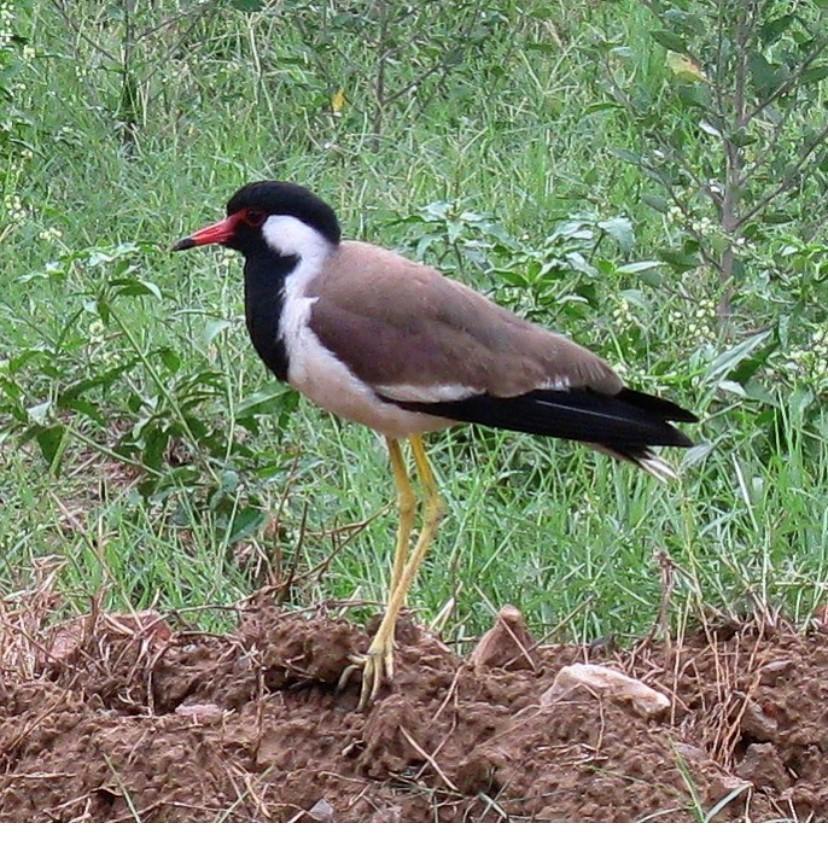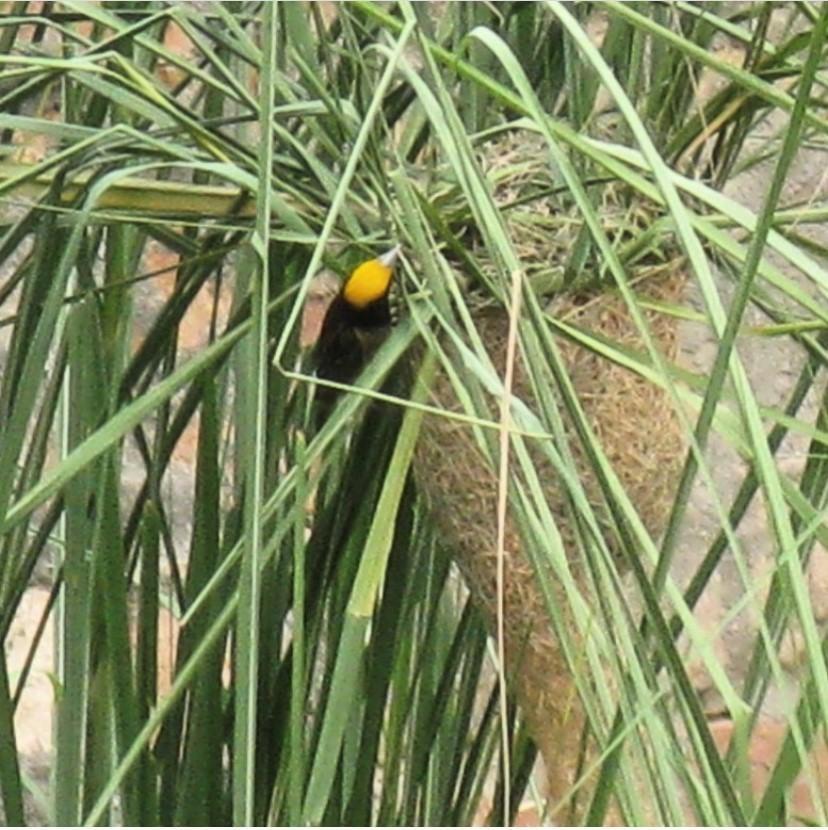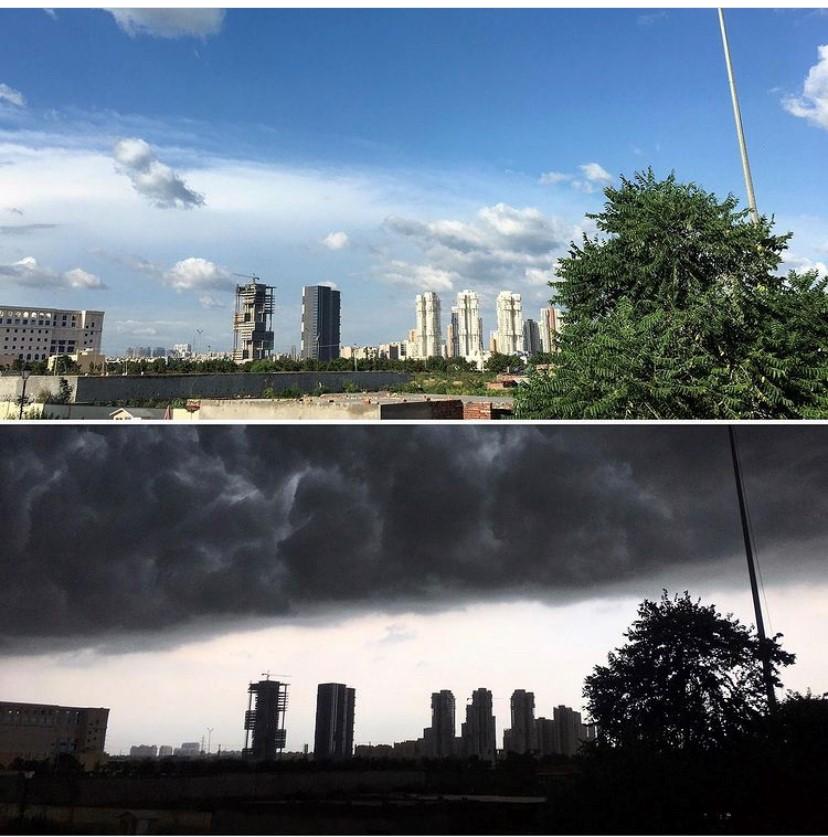
It is now nearly a year since Delhi and India went into a complete and total lockdown on the 24th of March 2020 for three months. This note is being posted nearly 6 months later than intended. I call this lockdown procrastination.
August 2020 – An up-close and personal glimpse into the price of “development”
On the afternoon of the 6th of August 2020 my social media was full of pictures of a clear, bright blue Delhi sky, with real, white, fluffy clouds. This might not be special for many readers, but for us in Delhi, it is magic. Most people in Delhi have no recollection of clear blue skies in the city – except this past year. Despite the incredibly sad reasons for lockdowns around the world in 2020, Delhi saw bright blue, clear skies.
Ecosystems and loss of habitat
Between May-August 2020 I moved to a sublet in a suburb of Delhi (Gurgaon) – a suburban city I had always disliked because I found it dry, dusty, with incredibly grumpy, rich people in big cars and malls better suited to a cold Chicago suburb, than North India.
I lived in a not-yet developed part of this busy suburb. Here, I had the immense good fortune to be able to witness the magic, to understand and see for myself, the rich ecosystem that dry scrublands have to offer – and the fact that birds have cute, daily routines of their own. A pair of Red-Wattled Lapwings moved into the scrubland in June 2020; by early July they were joined by four incredibly cute Lapwing chicks tottering around the place on their unsteady legs. A few days later, a tiny and very busy, yellow-topped bird darted in and out of the 10-foot-tall reed-like grass growing there. Nestled among the tall, dry, grass was a splendid woven nest – home to this yellow-headed bird’s family of Streaked weaver birds.
Three months in this dusty, dry land showed me a small glimpse of the rich flora, fauna, and avifauna it supports – and how little of it is left. From Pond herons, to rarely seen pheasants, lapwings, and weaver birds. Darting swallows and bee eaters, to shiny green insects and giant grasshoppers. Even spherical medicinal gourds – poisonous to eat – growing on the ground. And as I watched giant JCB loaders raze the patches of wild scrubland which grew in-between fancy new houses under construction, I realized for myself the implications of the loss of habitat on the ecosystem.


November 2020 – Gratitude and zoom backgrounds
And this is how, with immense gratitude for a job which allowed me to work from home, a roof over my head; for friends and family who provided conversations and cake, one managed to navigate the uncertainties of life in the times of COVID-19. Many lost their jobs, and thousands of workers from the cities in India, pushed to the brink of desperation, began long and arduous journeys home by any transport if possible, but often on foot once movement was eased. This may be old news now, from May 2020. But it serves as a constant reminder of the need to build stronger social security systems for the most vulnerable.
Zoom backgrounds:Before virtual backgrounds became acceptable, zoom meetings gave rare glimpses into people’s homes – a treat at a time of forced social distancing. I noticed that often people in the west had zoom backgrounds which suggested access to a separate study, or a corner to themselves. As a contrast, backgrounds from colleagues in India, including myself (I have my own study space now), indicated a desk in the bedroom. Sometimes in the living room, or often in dining space with a microwave in the background. Maybe this is a pointless observation.
February 2021
COVID-19 cases in India peaked between November and December 2020, this was likely due to the festival and wedding season. Whatever the reason, the country saw a dramatic increase in cases by December, and then a sudden decline in cases around January. In February, Delhi – a city of over 20 million people – had about 100-150 cases a day. Indian and international publications wrote about the dramatic drop in cases in the country. I stuck to what I would say is a realistic perspective, while the numbers looked good in February, I thought it was perhaps too early to abandon all caution. And sure enough, cases are rising once more in the city, and indeed many parts of India. Yet, people are out and about. Often mask-less. Dining, meeting friends, lunches, and dinners – since the weather is perfect. And here I am plagued by my dilemma: to go out like near normal or not?
Vaccinations
In early March, India began Phase-II of the vaccination campaign against COVID-19. Two vaccines – AstraZeneca’s Covishield, and Bharat Biotech’s Covaxin are being administered, free of cost in in Government health facilities, but on payment in private ones. Phase-I focused on inoculating health workers and other frontline workers against COVID-19. Phase-II aims to cover the elderly (above 60 years), and those above the age of 45 with specific comorbidities. I am on the fence on issues of equity and access with regards to the provision of vaccines via private providers, and I think that warrants another blog. My primary sensibility is that health services should primarily be a public good, including immunisation. However, since India does already have high out-of-pocket expenditure on health and a dominant private sector, there is an opportunity to leverage and collaborate with the private sector to ensure that health services such as the current delivery of vaccines are accessible and available to people [need for speed]. In an effort to ramp up vaccinations in the country, the private sector has been given a go-ahead to administer vaccines with price capping as a form of regulation. The government has capped the price of COVID-19 vaccines at USD3.4 which includes the cost of the vaccine and to cover the health facility’s administration costs. The cost of the vaccine at approximately USD3.4 per dose, at private providers and free vaccines at public facilities is one way to cast the net wide and cover a larger number of people. Also, at this price, I think it is okay to give the choice to those with the ability to pay, to purchase the vaccine should they wish to. However, I look forward to more intensive communication to remove vaccine hesitancy among the educated and uneducated; to intensify vaccination and communications in an effort to include the poor, the uneducated and the many others who might not have access to information on the vaccine.
In parallel to the vaccination campaign, cases in Delhi are rising. Over 350 new cases – the highest in two months were recorded on the 10th of March 2021. Time to buckle up in Delhi. As we continue to vaccinate, I hope that as next steps, we intensify and remain committed to strong public messaging on COVID-19 prevention – particularly to combat pandemic fatigue and the impossible task of wearing a mask when it’s >35 Celsius outside. I hope we retain our focus on the effective monitoring and surveillance of COVID-19 cases and stepping-up COVID-19 vaccinations. I feel fortunate to live in a country with a strong vaccine production capacity, and respectable vaccine policies (thesis of 2010 – now coming in handy!) – but burdened by the knowledge that much more can be done to ensure more equitable access to vaccines within and across countries.
In February, I celebrated India’s low daily case count whilst remaining cautious and aware that the world has seen multiple waves of the disease emerge. I remain prudent in my movements and often struggle with extreme FOMO when my social media feed is full of people vacationing at the seaside. Perhaps I will travel soon. Perhaps I will stay home to do my part to stop the transmission for as long as I can. I do not know.
And to conclude…
This brings me to the end of this edition of the Delhi Dispatch. Coincidently, the last time I wrote one of these, it was when the Delhi skies were the opposite of what they were today. Dark, gloomy, and poisonous, pushing many of us to invest in N95 face masks which are ironically now being worn when the skies are blue, and the AQI a happy green.
